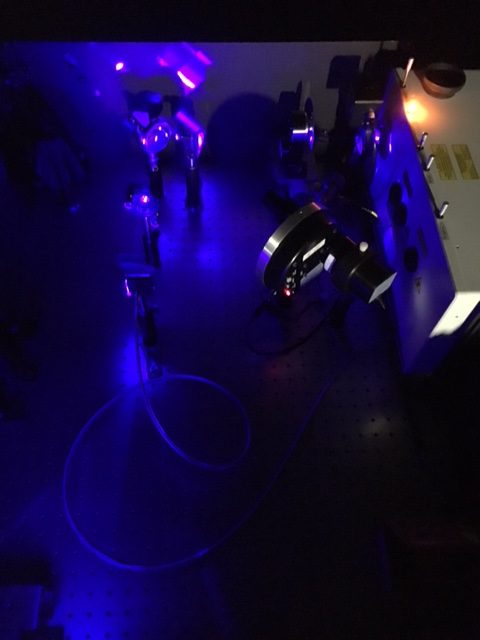Overview
The absolute direct irradiance calibration facility of PMOD/WRC aims to provide traceablility of direct solar irradiance measurements performed with spectroradiometers and filter radiometers, and to allow aerosol optical depth retrievals to be conducted.


